
Lotus Eletre R Review: The Quickest SUV in India Put Through Its Paces!
From light is right to hulky and bulky, Lotus has had a change of heart recently. So, can you say the Lotus of today stays true to its brand's ethos? We take the brand-new Eletre R, the quickest SUV on sale in India, for a spin to find out.
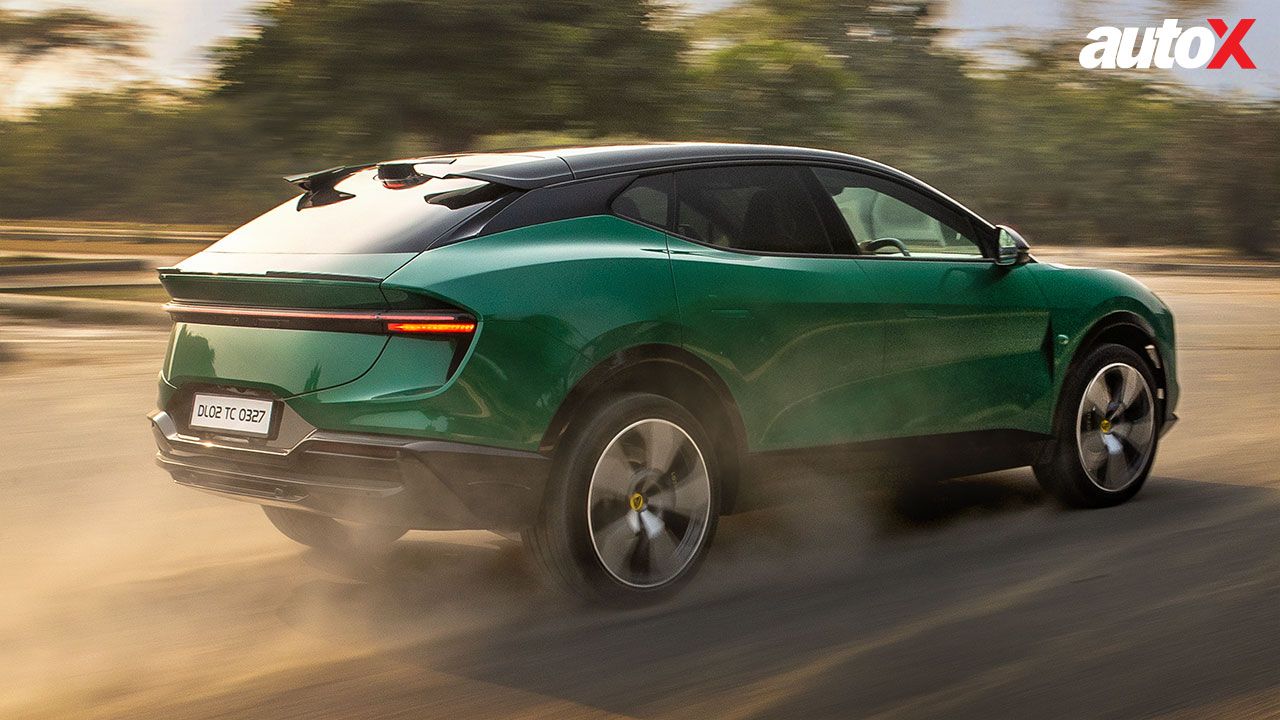
Grew up in the 90s, watching the OG Top Gear and fantasising about two-door sports cars? If the answer is a resounding yes, then you are likely to harbour a special place for the Lotus brand.
But that was then, for it’s a different story now. The Lotus of today has veered far from the path etched in your memories. Consequently, the legendary British car company, instead of building iconic lightweight sportscars, like the Elise, Exige, and Evora, is busy these days manufacturing heavyweight luxury EVs…well, in China.
However, before you scream bloody murder, take a deep breath, and try to understand that we aren’t living in the 90s anymore. Top Gear is dead, and the automotive economy today is run and ruled by mahoosive SUVs, instead of petite mid-engine sportscars. So, for any carmaker worth its salt, an SUV has become (a) necessary (evil?). Porsche, Lamborghini, Aston Martin, and even Ferrari have succumbed to this trend. So, it was only a matter of time before Lotus followed suit, and indeed, they now have. Called the Eletre, it’s a progressive hyper-SUV with the heart and soul of a traditional Lotus sportscar, according to its makers. Interesting claims, but can they hold water?
Eletre-fying Performance!
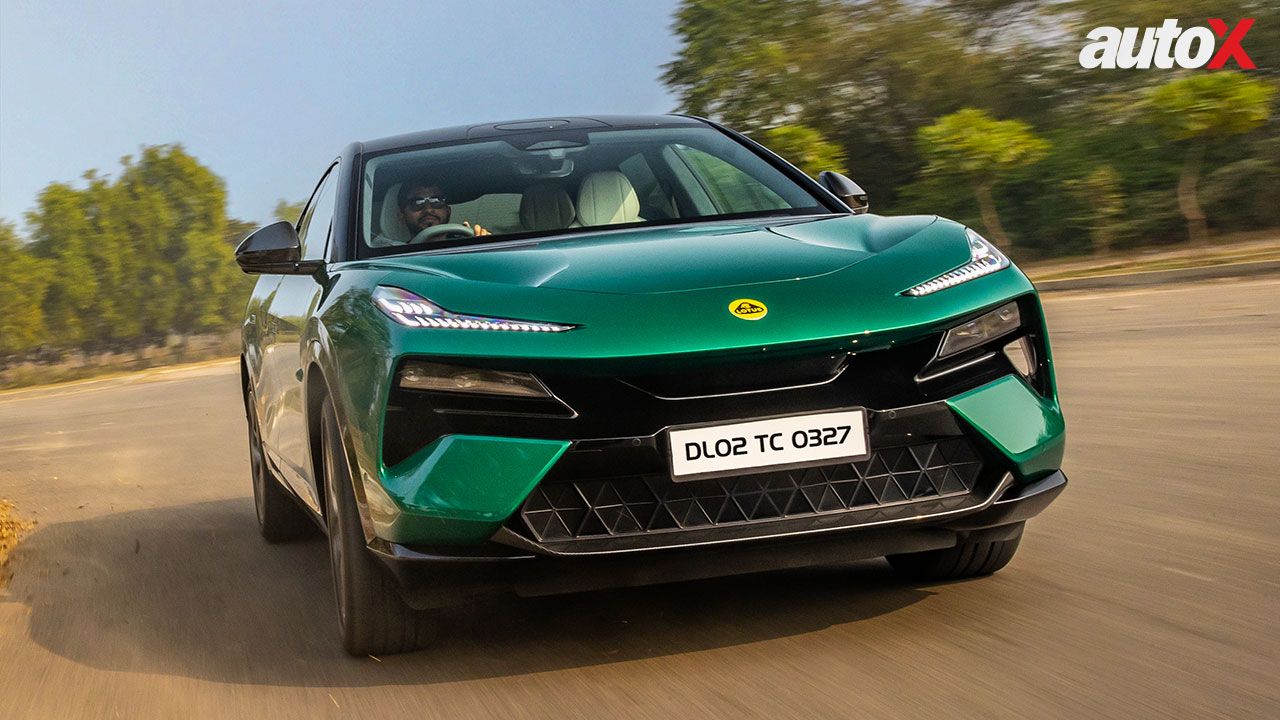
Let’s jump straight to the point – does it drive like a hallowed lightweight mid-engine sportscar? Well, the answer is no!
‘Light is right’ – a dictum championed by the great Colin Chapman, the founder of the Lotus brand. Ironically, this idea is the very first casualty with the Eletre – tipping the scales at over 2.6 tonnes, the Eletre violates the core principles of that Lotus upheld for well over seven decades. But, then, you have to cut Lotus some slack because this isn’t exclusively a Lotus problem but an inherent EV problem. You see, you simply can’t go against the laws of physics in terms of managing the weight of an electric car – there’s no way you can fit a big and lumpy battery pack and expect it to weigh anything less than Pluto. So, given the fact that the Eletre’s 112kWh battery pack alone weighs over 600 kilos, it was inevitably destined to be a big burly bruiser. However, to address the weight gain issues of the Eletre, the engineers opted for an easy fix – stuffing it with a heavy dose of good old horsepower!
The Eletre is available in three variants – standard, S, and R – and all of them feature the same battery pack and a dual-motor setup, meaning AWD is standard. However, the R, being the top-dog, gets a lot more power and torque (905bhp and 985Nm vs 605bhp and 710Nm), along with a two-speed transmission – like the one we have experienced in the Porsche Taycan and Audi e-tron RS GT – for quick off-the-line acceleration. In fact, with a 0 – 100km/h time of 2.95 seconds, the Eletre is the fastest accelerating SUV in the country. And if you take matters outside our borders, it’s still the second quickest SUV after the Tesla Model X Plaid (0 – 100km/h in 2.5 seconds).
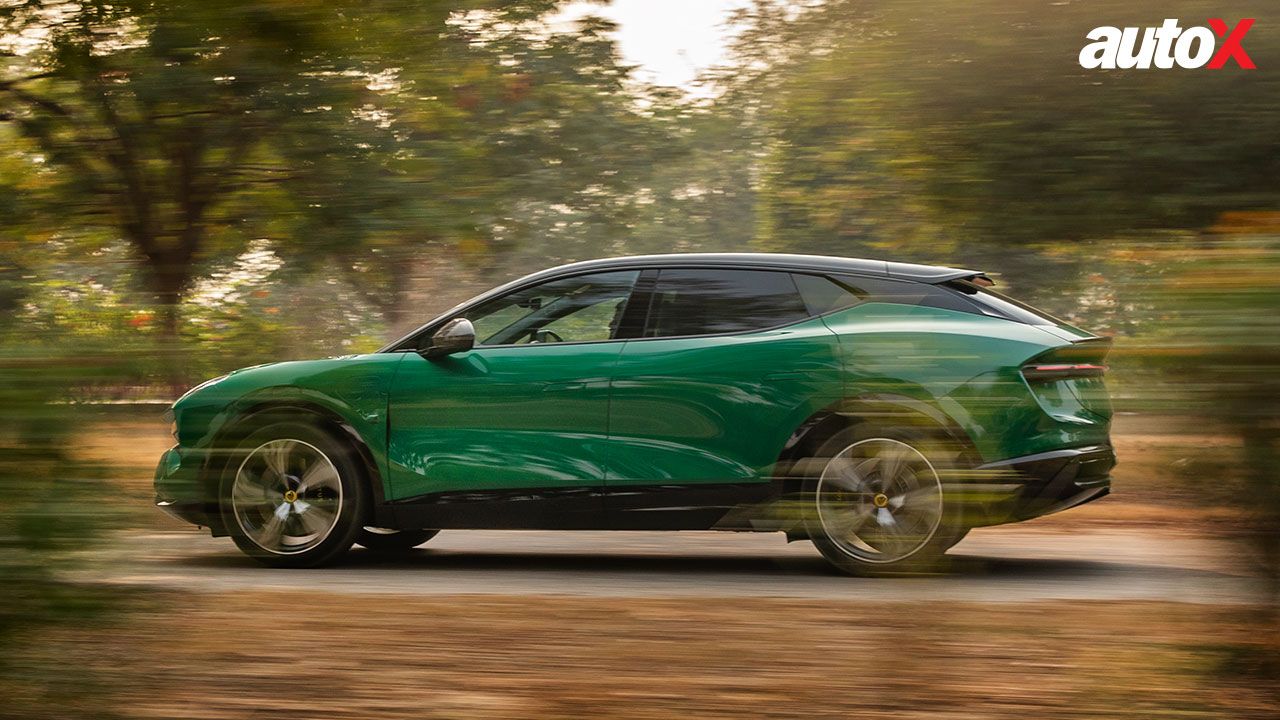
That said, the Eletre’s turn of speed doesn’t feel stupendously ferocious. In other words, it doesn’t pin you against the backrest as soon as you touch the accelerator. The response is relatively subdued as compared to other fast EVs that we have experienced. So, while it does go like stink, it doesn’t knock you out of your senses like, say, the Taycan Turbo or e-Tron RS GT. Still, the way it launches off the line and the ferocity with which it gathers pace can be quite unnerving, especially considering its size, bulk, and the fact that it has a high centre of gravity.
You can do silly acceleration runs all day, and there’s hardly any drop in performance, which is quite impressive. What encourages you to indulge in this needless 0 – 100km/h exercise even more are the brakes – they are phenomenal and offer strong stopping force as soon as you drop the anchors. Plus, most importantly, they don’t feel wooden – something that we’ve come to expect from EVs these days.
High-riding Sportscar?
As mind-blowing as the Eletre R’s performance is, it’s not something that sets it apart. In fact, that’s something all the EVs suffer from today – they all feel the same and have very little to offer in terms of character.
The Lotus Eletre, thankfully, is different in the sense that the driving experience isn’t ordinary or what you would call run-of-the-mill. The moment you install yourself in the driver’s seat, hold its rather unconventional hexagonal steering wheel, and get going, it becomes evident that there is something special about this car and that it’s made by people who knew exactly what they were doing. Sure, I may not have an ounce of idea how a traditional Lotus drives, but I have a very strong feeling that the essence is not lost here – just like when you drive the Lamborghini Urus, Porsche Cayenne, or even the Taycan for that matter, you immediately know that deep down the engineers have kept their traditions alive. These vehicles don’t feel soulless, even in deafening silence inside the cabin. And this rings true for the Eletre as well.
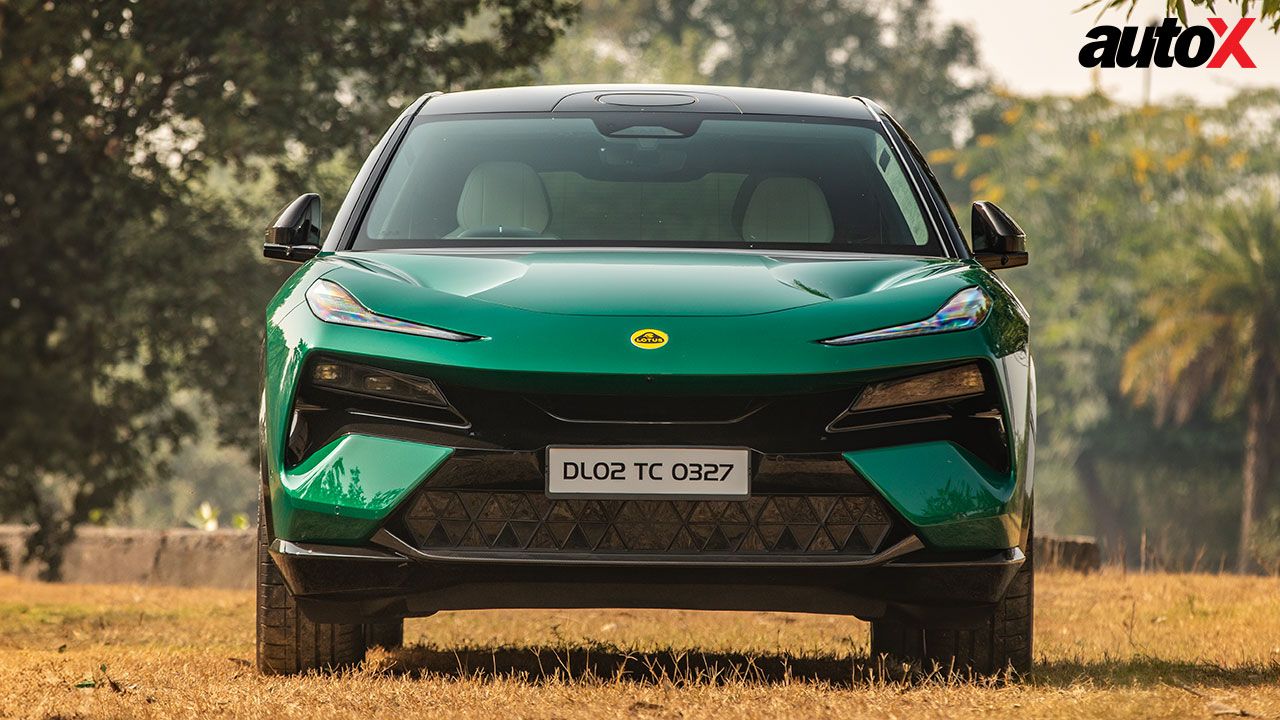
Despite being a bit too high off the ground, the Eletere’s driving experience is still sporty. Its every movement is marked by underlying firmness and tautness, and while absorbent, the suspension has a firm edge to it all the time, irrespective of the driving mode. Speaking of driving modes, Eletre has a total of seven, including an ‘Off-Road’ mode, but it’s just for giggles. The thing is, even if you’re not doing something silly or driving fast, you can always sense that it wants to stay glued to the ground. The body control, even in the most comfortable setting, is taut. It wouldn’t be unjustified to call it one of the best luxury EVs in terms of handling. The same goes for the steering – it’s remarkably direct. Despite being an electric unit – a first for Lotus – the wheel offers decent feedback, contributing to the overall driving experience.
As for the ride comfort, it isn’t exactly magic carpet-like. On Delhi’s bumpy roads, we noticed a lot of side-to-side vertical movement. Even though it features air suspension as standard, it doesn’t quite waft along. The refinement of the cabin, however, is exceptional for obvious reasons, but you do hear some noise (creaks mostly) while driving over bad roads. Also, the air vents on both the front and rear bumpers tend to swallow road debris, so you hear it being thrown up against the Eletre’s bodywork from time to time – not the most pleasant of noises!
Also read: Lotus Eletre SUV Launched in India: Check Price, Features, Specs and More
Carved by Air
Turning our attention to aerodynamics, let’s now discuss Eletre’s design. Like any sportscar-making company transitioning to SUVs, Lotus has undeniably done a commendable job in designing the Eletre, as it has discernible sportscar influences in its design. Characterised by sleek and sharp lines, the EV features signature Lotus elements, including a raked windscreen, a cab-forward stance, and a very, very long wheelbase – over 3m long, making it more or less the same length as the Urus – along with short overhangs. Further, Lotus claims that its bodywork is ‘carved by air’, which is quite apparent given the number of air vents and outlets in the front and the rear sections of the SUV. Not to mention, it is, aerodynamically, one slippery SUV, for it has a drag coefficient of just 0.26.
The model on test here is the top-spec R version, with a heavy dose of carbon fibre elements and massive 22-inch wheels. The silhouette projects the image of a hunkered-down sportscar on stilts, but it’s the rear section of the Eletre that I find to be the most attractive aspect of the car. I love the split spoiler arrangement, curvaceous derriere, and seamless LED light. Overall, I think that the Eletre cuts a handsome figure without losing the aggression of a big SUV, effortlessly blending the aesthetics of a sportscar with the commanding presence of an SUV. Not to mention, on the road, it grabs a lot of eyeballs. The X-Factor of the Eletre is simply off the charts.
Also read: Opinion: Colin Chapman Would be Turning in his Grave...
Luxury Dialled to 11!
The most shocking aspect – in a good way, I must add – of the first-ever Lotus EV is neither its design, a spectacular display of power, nor its sportscar-mimicking driving dynamics, but its exquisite interior. This is a properly luxurious SUV. Sure, it’s no Maybach or Bentley, and you won’t find swathes of leather on every panel you touch, but the fit-and-finish, creature comforts, and tech that it packs…well, let’s just say that they are something that I wasn’t expecting from a Made-in-China Lotus!
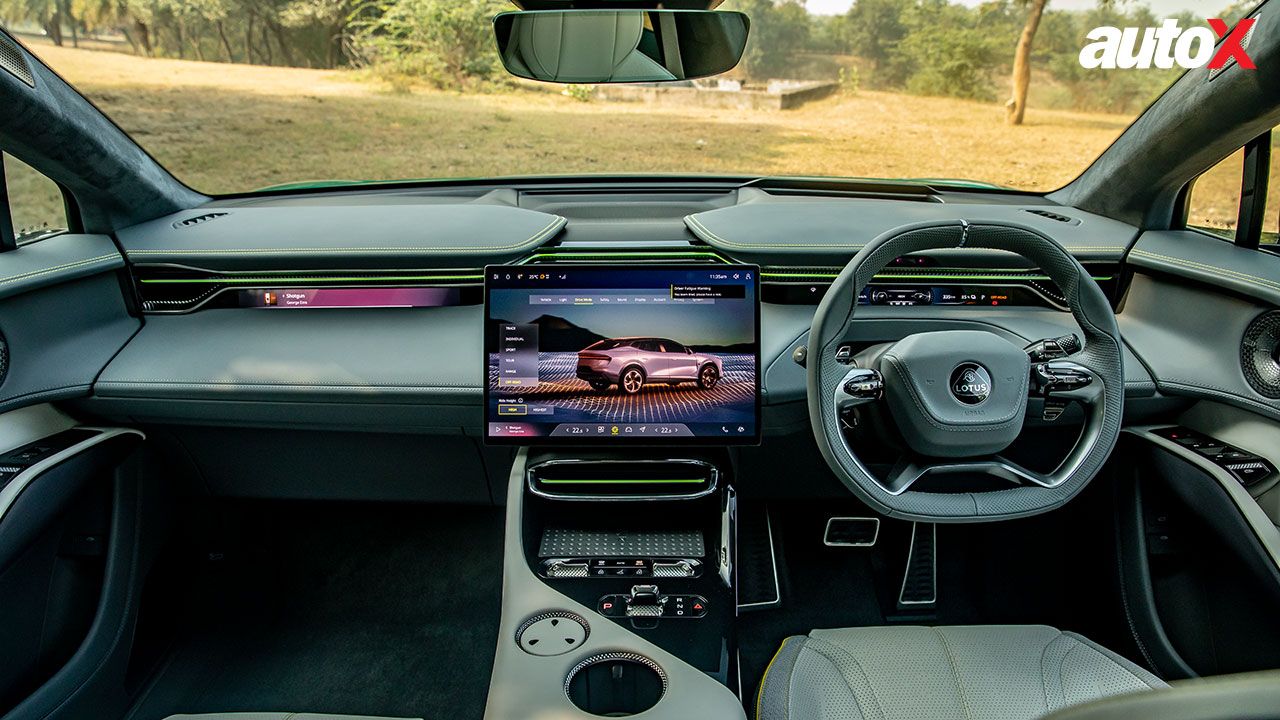
The overall layout is quite minimalistic, characterised by the absence of a lot of buttons. But whatever little there’s to touch and fiddle around oozes high quality. As soon as you enter, you’re welcomed by a massive 15.1-inch one-billion-colour OLED touchscreen in the middle of the dashboard, with a display and touch response that can give your iPad a run for its money. Then you’ve got two ultra-slim touchscreen strips/displays in front of the driver and passenger, which just about give you the right information instead of flooding your view with a billion tell-tale lights. Needless to say, they look quite classy.
Other highlights include a 15-speaker KEF Premium Audio as standard – which sounds fantastic – sports bucket seats, LiDAR-based ADAS, ambient lighting, wireless charging, and so on. It also has paddles behind the wheel – the left one for brake regen and the right one for driving modes. There are a lot of knurled and beautifully crafted buttons/controls, and the stitching and the recyclable interior fabric look and feel superb.
The rear-seat comfort isn’t like that of a traditional luxury SUV, like, say, the Bentley Bentayga or Maybach GLS, but it does have acres of space. The floor is a little high and under-thigh support isn’t the best, at least in the five-seat version. There’s also a four-seat Executive version, which gets bucket seats at the back. However, if you want to be chauffeured, you should look elsewhere.
Verdict
Honest confession – while heading for this drive, I was sceptical of this brand-new Lotus product. It’s made in China – Wuhan of all the places. It’s an EV. It’s an SUV. In short, it’s the antithesis of everything that the brand Lotus stood for once upon a time. So, I wasn’t expecting it to feel right, no matter what.
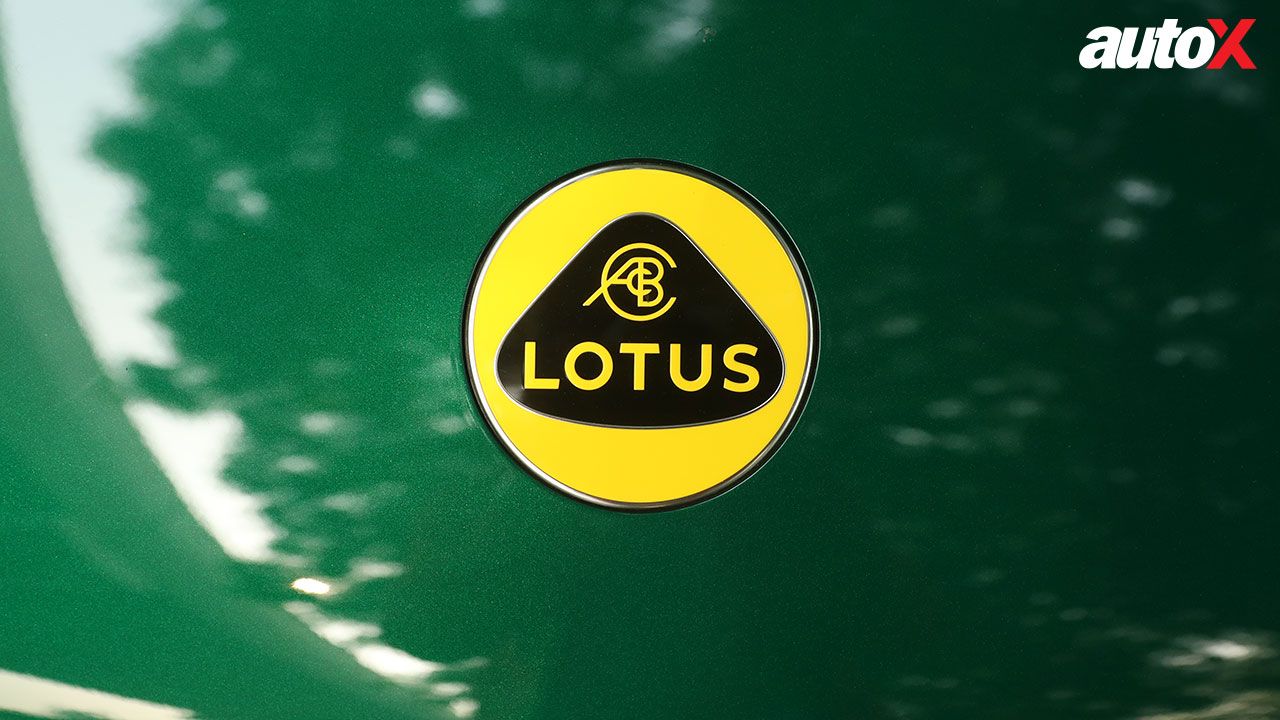
But to my surprise, I must admit that I’m overwhelmingly impressed by it. The Eletre possesses that unmistakable quality that tells you that it comes from a legendary carmaker. It exudes character in spades and stands out as a unique product. And that’s exactly what you want to see and feel while driving EVs from iconic automakers. You want these cars to be different from each other, or otherwise, all EVs will end up feeling the same.
Even though Lotus has, sort of undergone a rebirth, becoming a brand-new company, it has managed to preserve its essence. Sure, at ₹2.99 crore (ex-showroom), it’s eye-wateringly expensive, but for a performance-luxury SUV, with a bit of heritage, bucket-loads of X-Factor, and green credentials, it’s likely to find some homes in India, irrespective of its stratospheric price.
Motor: Dual Motor Setup
Motor: Lithium-ion, 112kWh
Transmission: 2-Speed / All-Wheel Drive
Power: 905bhp
Torque: 985Nm
Range: 490km
Price: ₹2.99 crore (Ex-showroom)
X-Factor: If Colin Chapman were alive, this is exactly how he would engineer a Lotus EV!
|
Pros • Handling • Luxury |
Cons • Pricey |


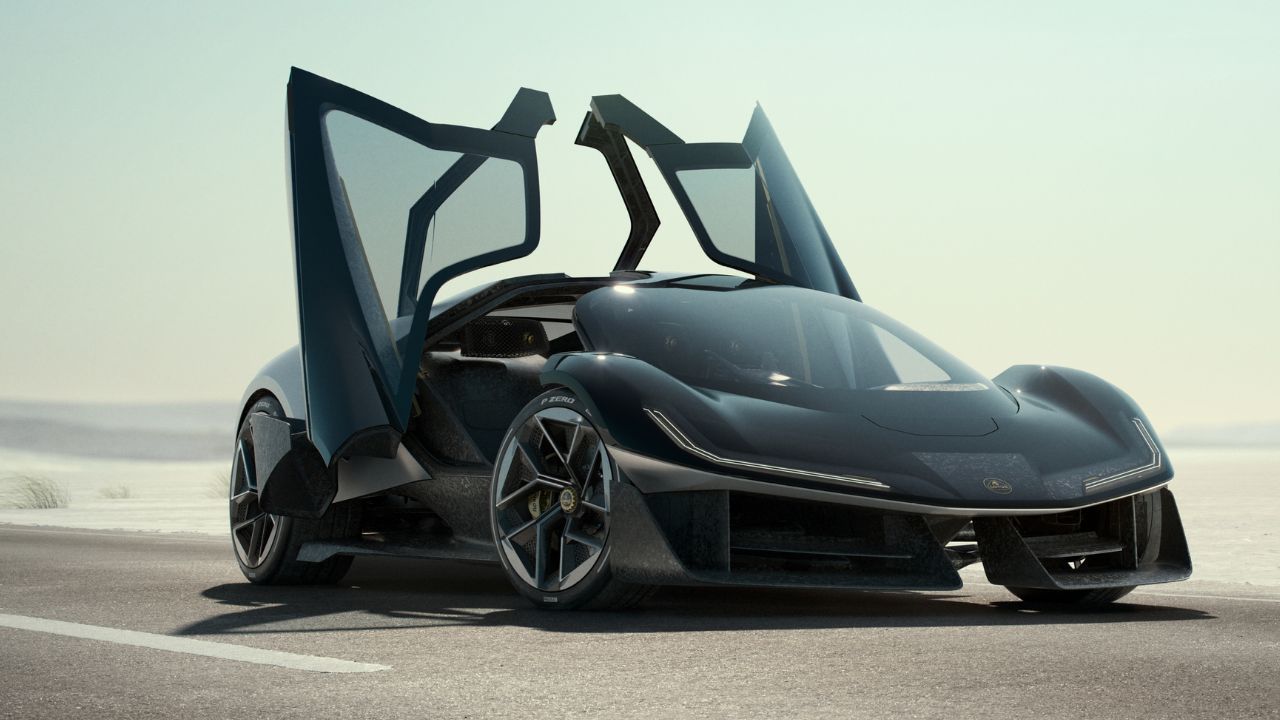

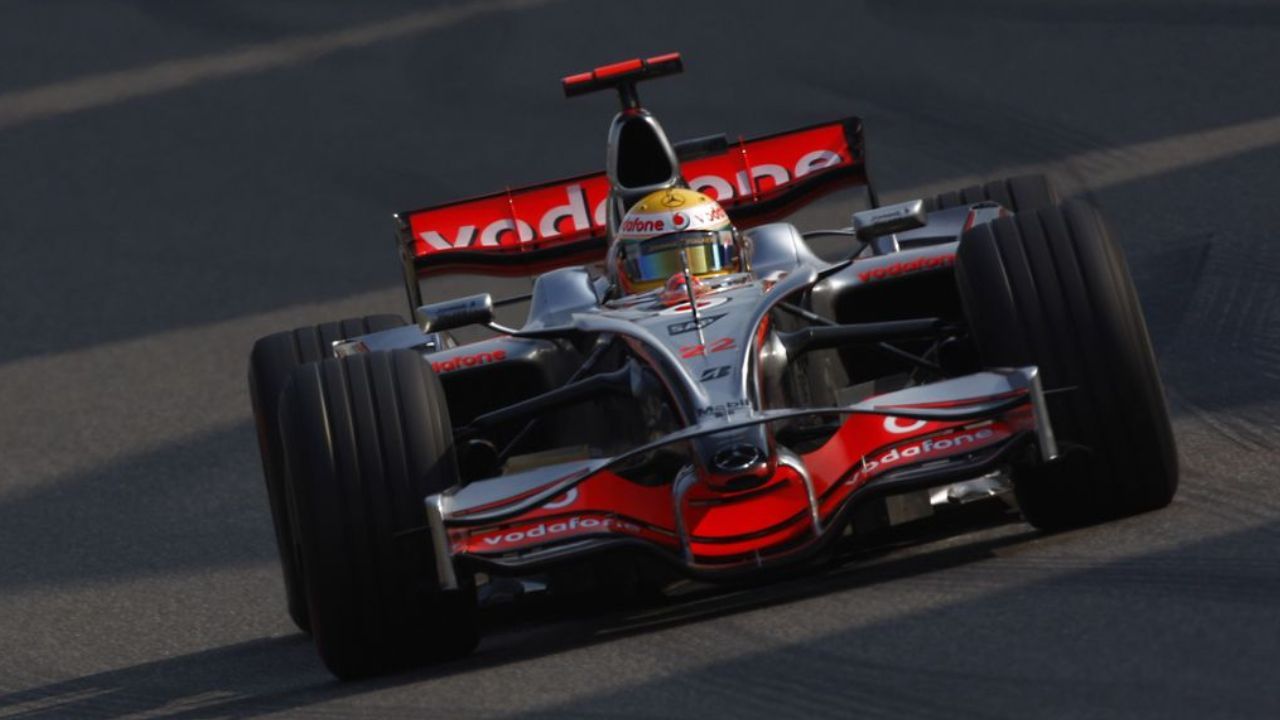
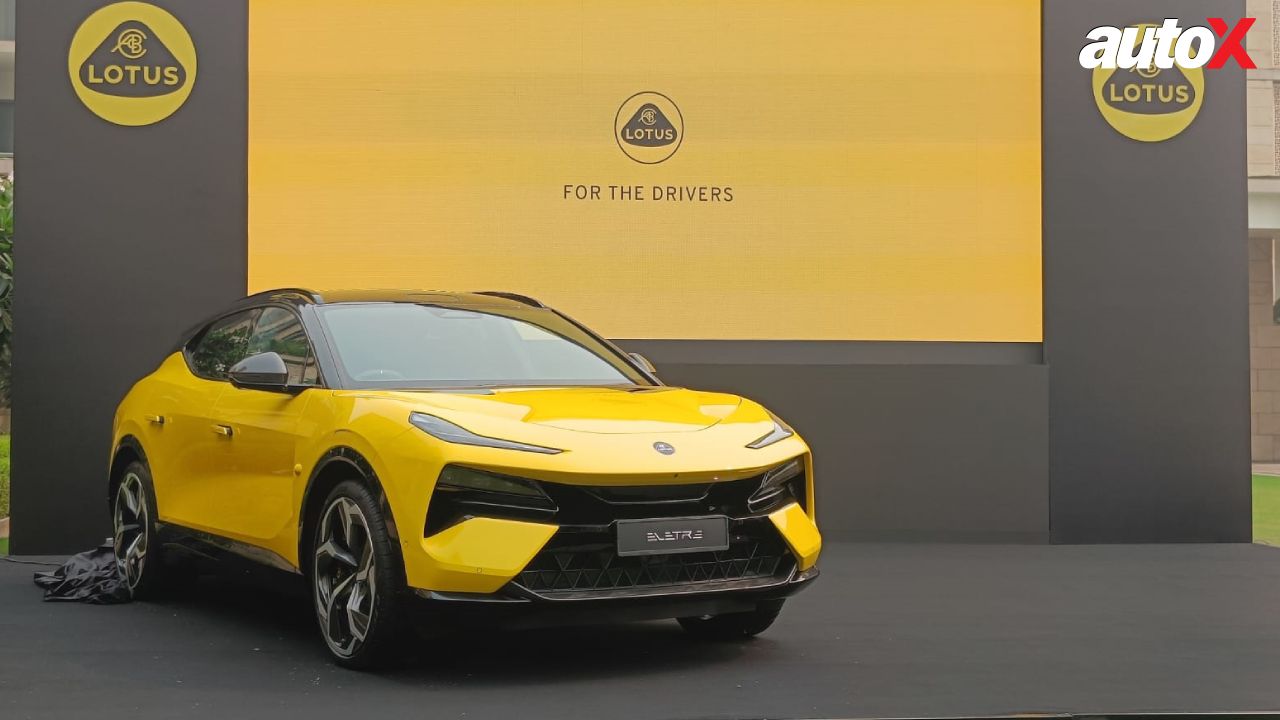
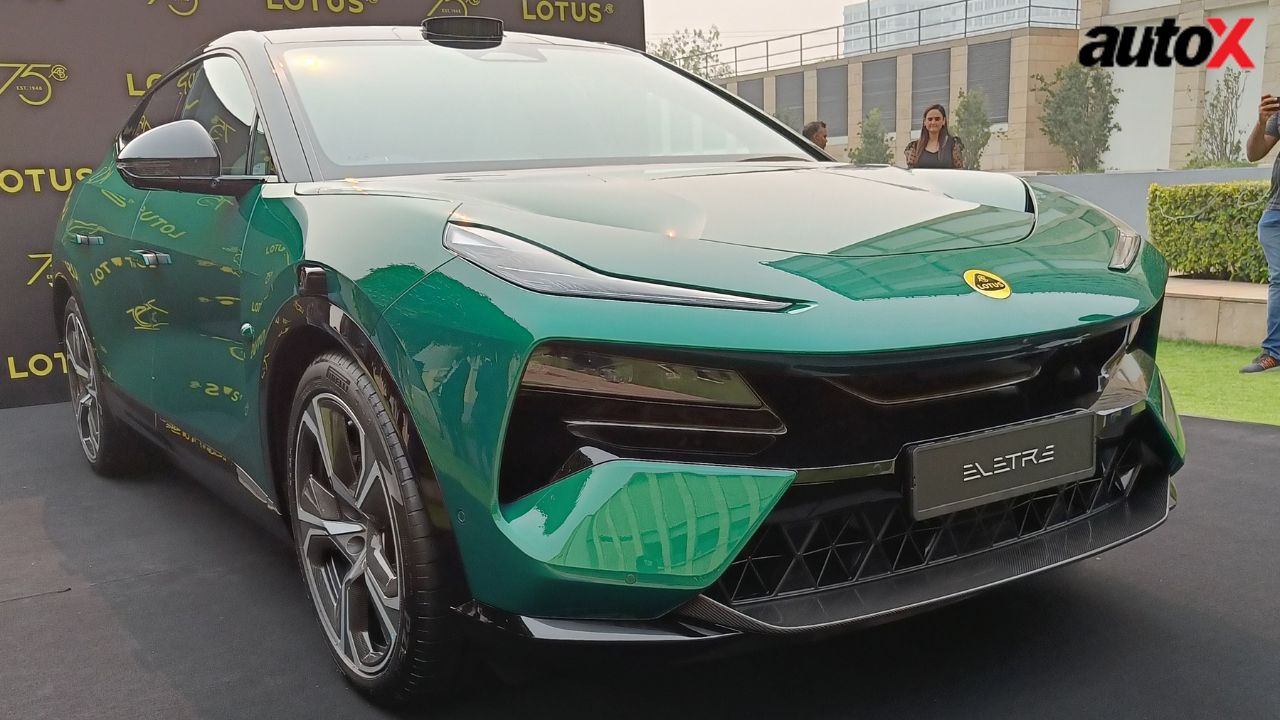

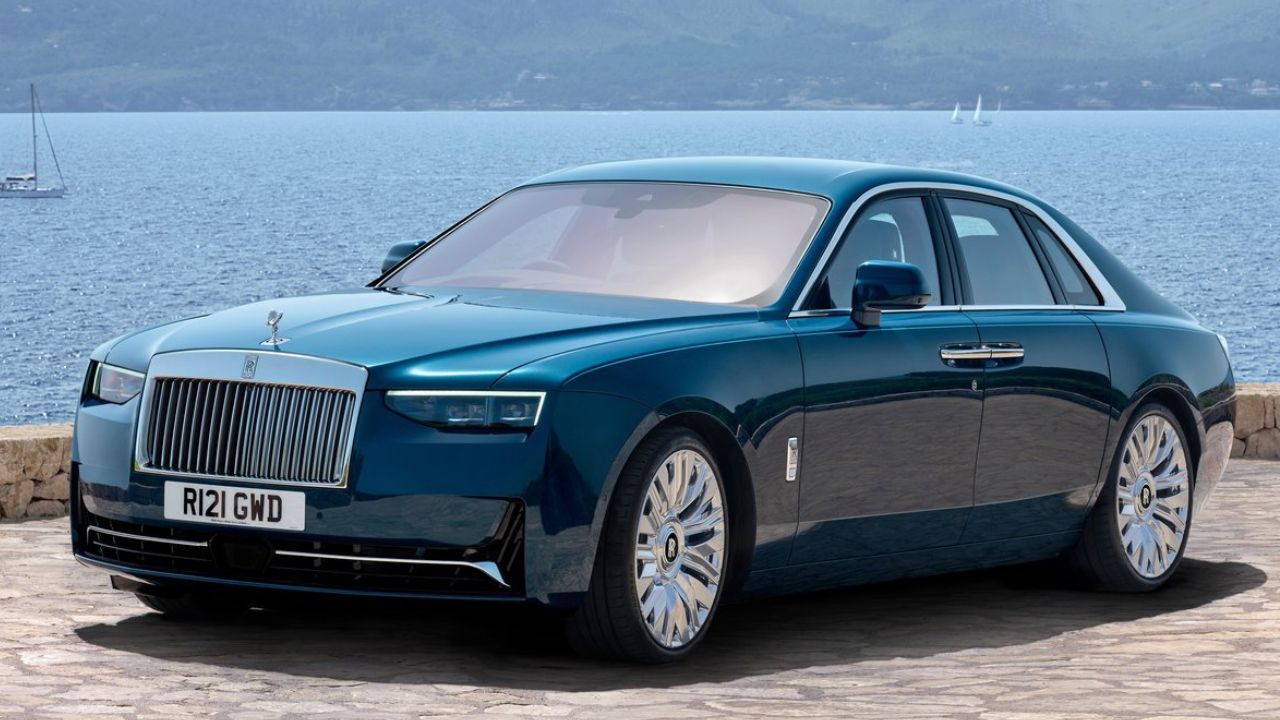
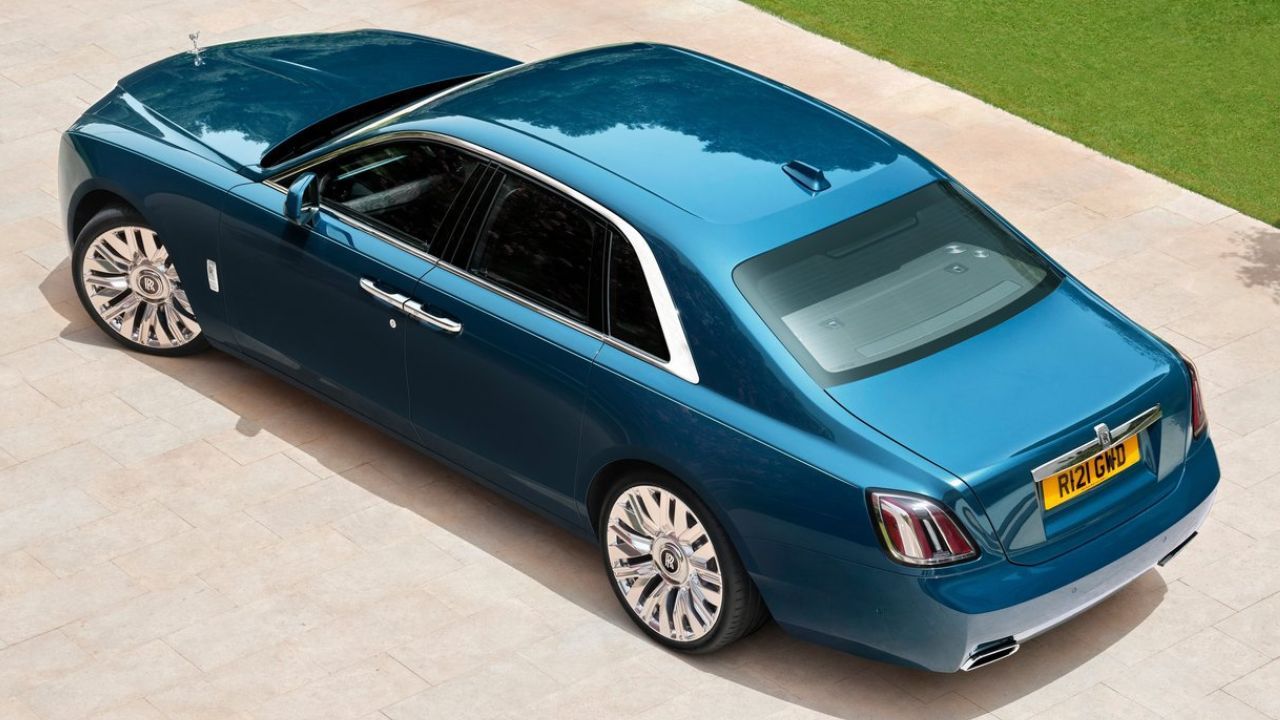

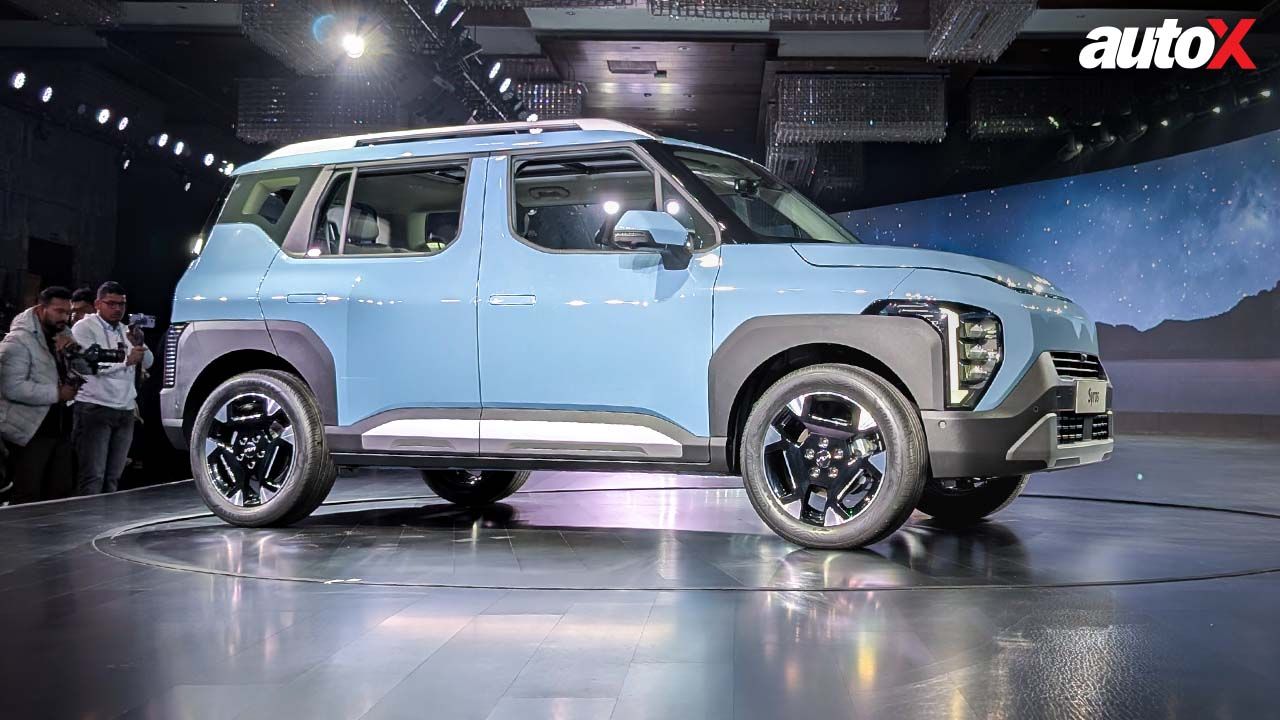
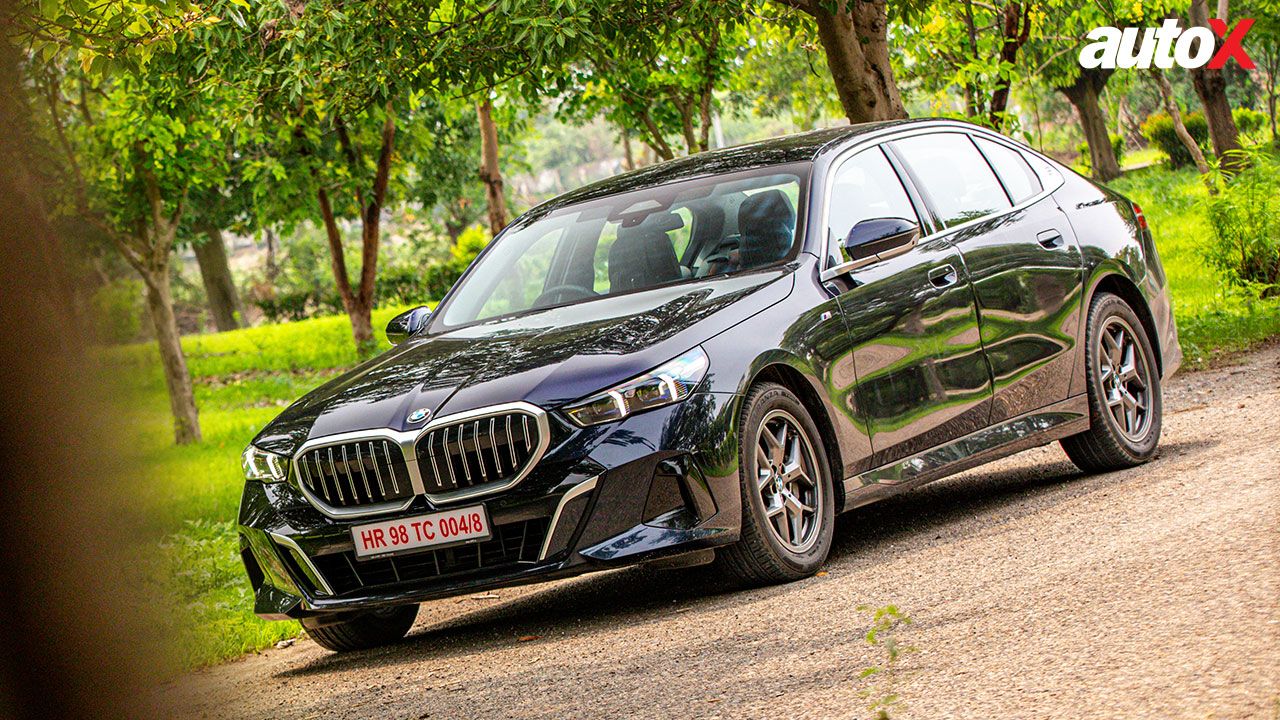
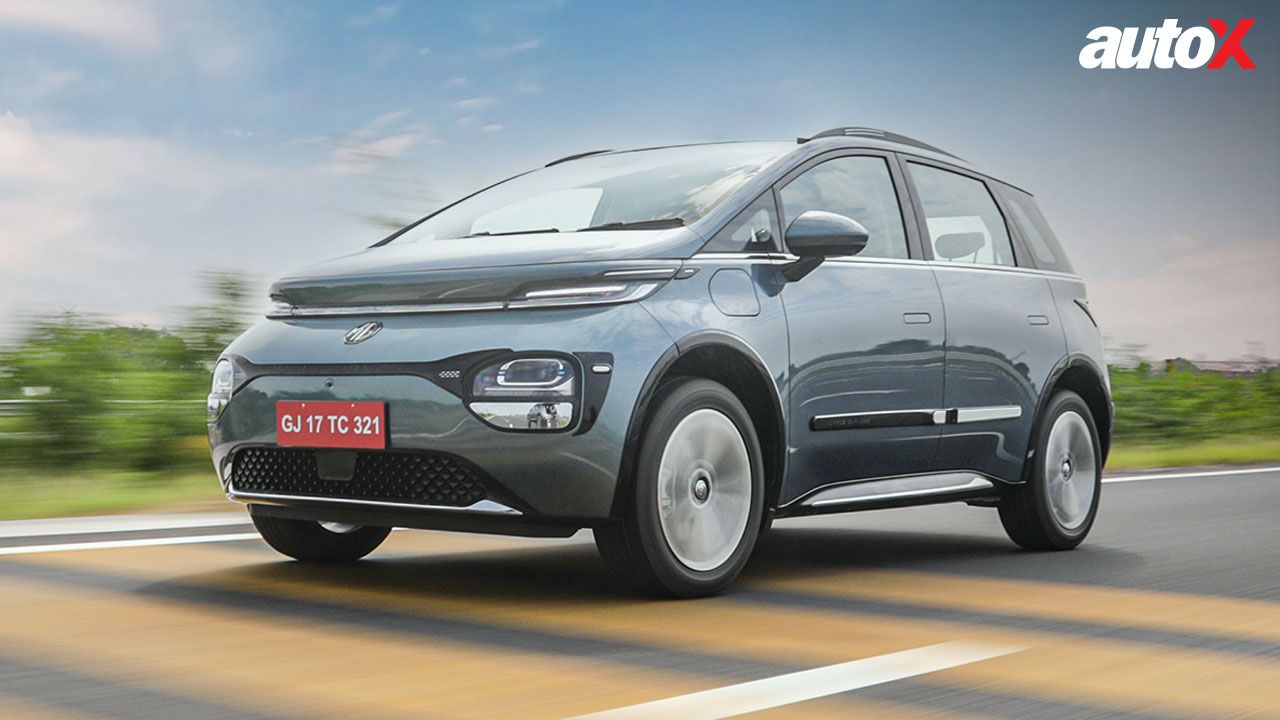
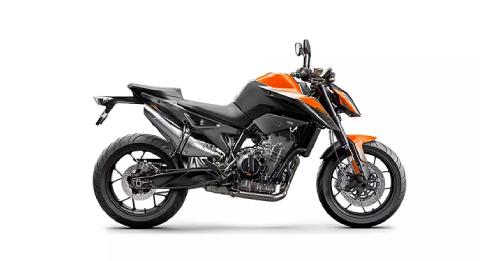













Write your Comment on